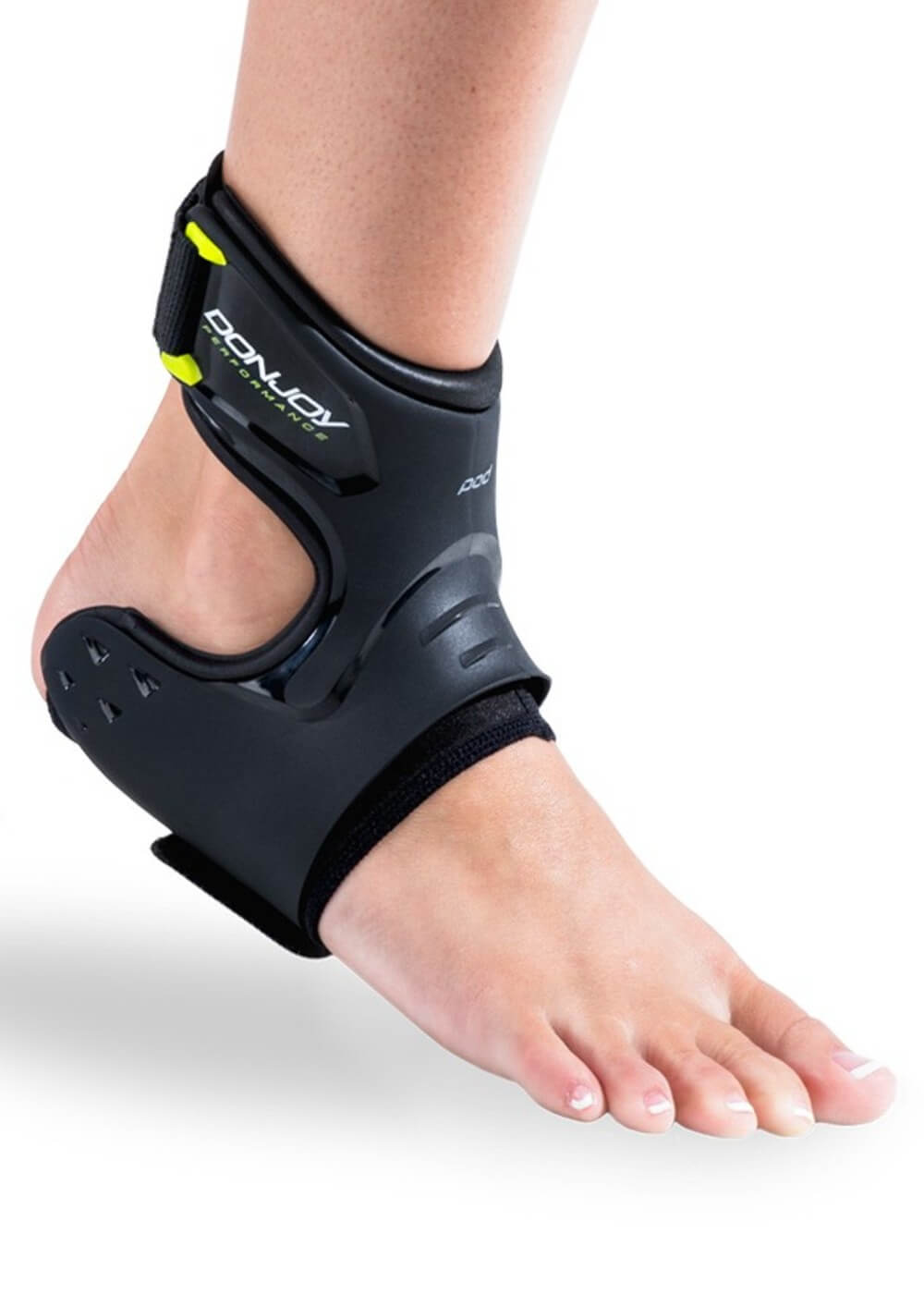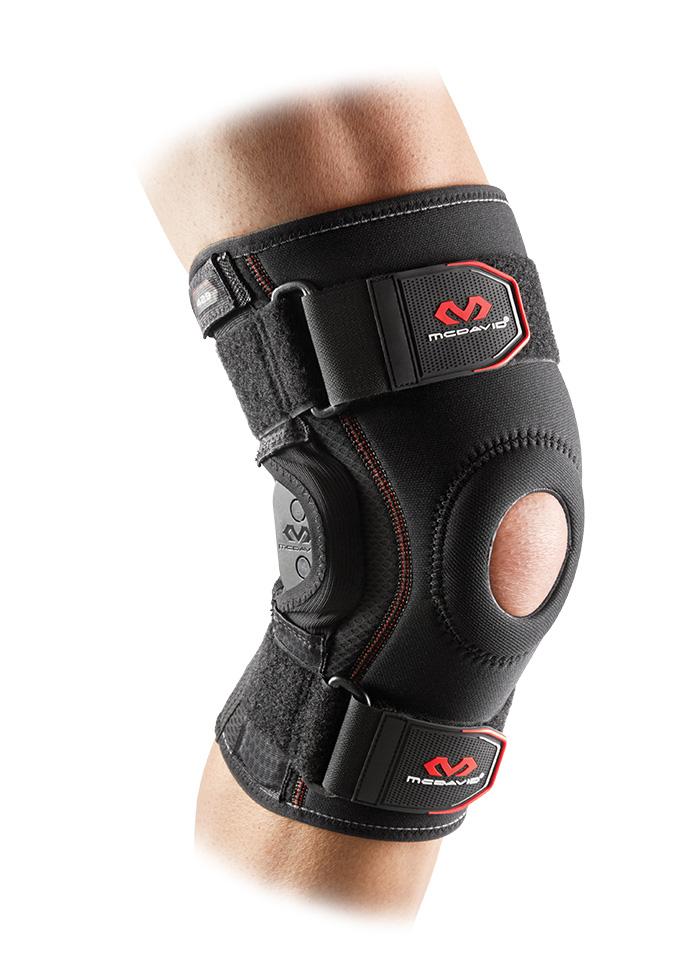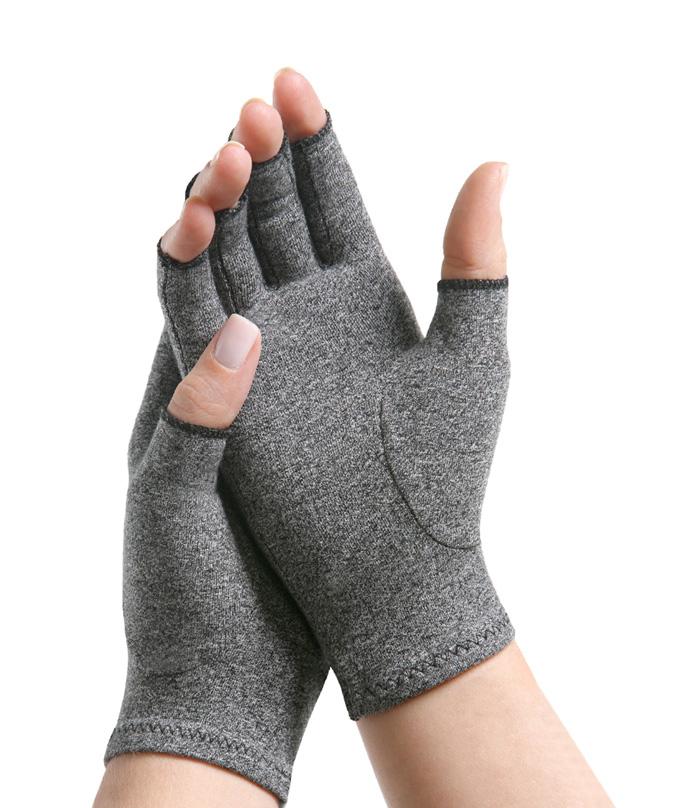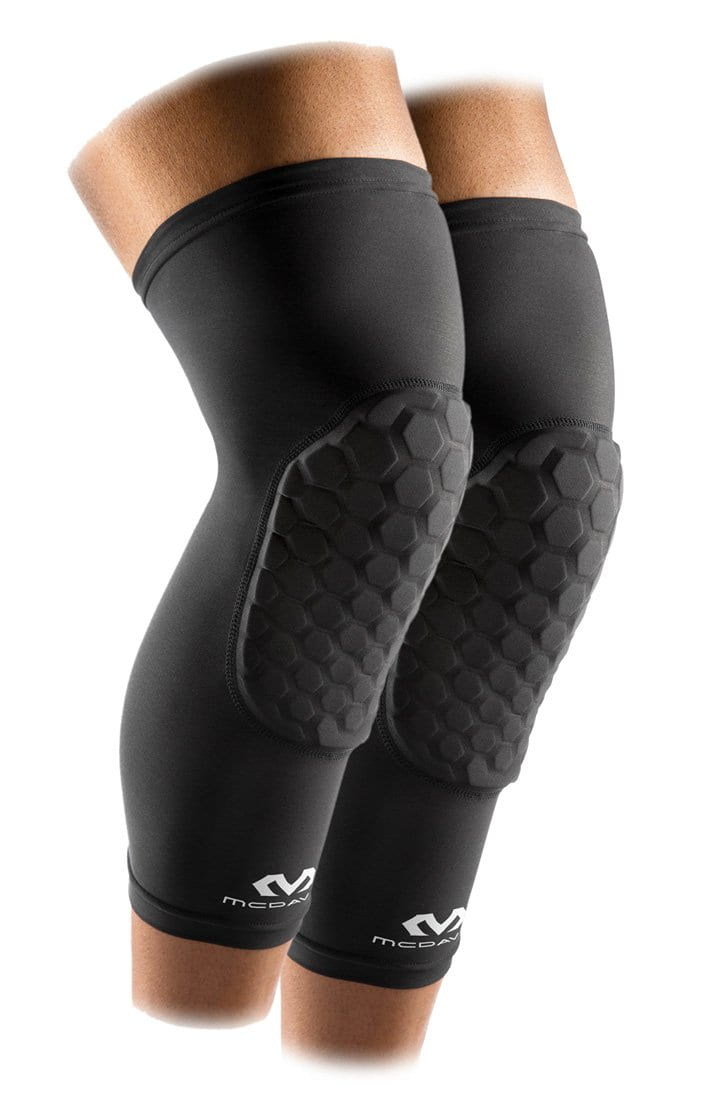What Is Osgood-Schlatter Disease? Causes, Symptoms & Treatment Options
Osgood-Schlatter disease is characterized by the painful lump located below the kneecap in adolescents and children who experience growth spurs upon the onset of puberty. It commonly happens in kids who are involved in sports such as running and jumping and other activities which incorporate swift direction changes such as basketball, football, ballet or figure skating.
Who Is At Risk?
Although the condition is most common in boys, girls are also likely targets as more and more of them are getting involved in sports.
Osgood-Schlatter disease typically occurs in every 1 out of 5 adolescents.
Age may differ according to sex, as girls tend to experience puberty before boys. The condition normally occurs in girls of ages 11 to 12 and boys, 13 to 14.
Symptoms often subside on their own as a child’s bones cease to grow.
Signs and Symptoms of Osgood-Schlatter Disease
Signs and symptoms of Osgood-Schlatter disease typically include:
- Pain, tenderness and swelling at the bony prominence situated on the upper shinbone, right below the kneecap
- Pain in knee that worsens with activity -- particularly running, climbing stairs and jumping – and subsides with rest
- Tightness of the muscles surrounding the lump, particularly the thigh muscles or quadriceps
The degree of pain may vary according to the individual. Some people may experience mild pain with activities such as running and jumping. Others may experience constant pain that may be aggravating. The condition often affects one knee but both knees may be targets as well. Discomfort may last from weeks to months.
See a doctor if pain worsens, interferes with daily activities or is associated with swelling and redness or fever.
Causes
The bones in a child’s arms and legs have growth plates, which are made of cartilage. As cartilage is not as strong as bone, any stress on the growth plates may result in swelling and pain.
Activities such as running, bending and jumping and sports such as basketball, football and ballet may cause the thigh muscles to pull on the tendons, which connect the shinbone to the kneecap.
Repetitive stress may cause the tendon to pull off from the shinbone causing pain and swelling characteristic of Osgood-Schlatter disease. In a few cases, the body may try to close the gap between the tendon and the shinbone, forming a bony lump in that area.
Treatment Options For Osgood-Schlatter Disease
Osgood-Schlatter disease typically improves without medical treatment. Symptoms disappear when the bones stop growing in a child’s body. Until this happens, OTC pain medications and physical therapy will be recommended by a local health practitioner.
Physical therapy often includes exercises that stretch the thigh muscles and hamstrings which may abate the tension in the area where your tendon attaches to the shinbone. Strengthening exercises for the thigh muscles are advisable to stabilize the knee joint. Read the full article in understanding the anatomy of the knee.
Experts recommend the following tips to improve symptoms at home:
- Rest the affected joint from aggravating activities such as kneeling, running and jumping.
- Apply ice to the affected knee to control pain and swelling.
- Stretch the leg muscles, especially the quadriceps situated on the front of your thigh.
- Protect your knee if you are participating in sports with a secure pad over the affect knee joint. A patellar tendon strap is also recommended which can be worn right below your kneecap to distribute the stress away from your shinbone. The McDavid Thermal Jumpers Knee Strap 414 is an excellent option.
- Get involved in other activities which do not involve swift changes in direction and running and jumping. Cycling and swimming are good options until symptoms improve.
You are allowed to re-use the image with the BodyHeal.com.au logo on your website or any online publication as long as the proper creditation is given to BodyHeal.com.au. You can link back to our homepage, https://www.bodyheal.com.au/ or this article at https://www.bodyheal.com.au/blog/what-is-osgood-schlatter-disease-causes-symptoms-treatment-options







Leave a comment